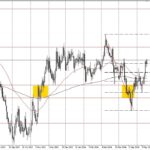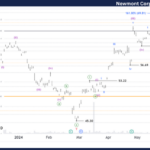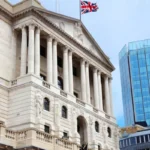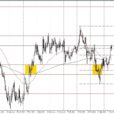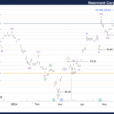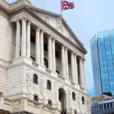
Apparently, no one sent the market memo to the S&P 500 until last week when investors woke up to the prospect of “stretched” valuations after months of warnings from US Federal Reserve Chairwoman Janet Yellen. Last Friday’s substantial losses come on the heels of global equity losses to which US benchmarks are not immune, but the shift in sentiment fails to unearth the true fundamentals of the S&P 500 Index which has seen the valuation largely intact despite contracting constituent revenue growth and broader softness in the US economy. Although the index is not trading far from all-time record highs, a return to those levels seems implausible considering the current earnings environment.
The Fundamental Picture
Central banks operating at or near the zero bound for the years subsequent to the last financial crisis have in many ways stimulated investment behavior, channeling asset flows towards higher yielding financial instruments. Evidence of this phenomenon is no clearer than the steep rebound in equity indices following the last downturn. Investors hunting for yields were forced to move away from bonds, which produced little to no returns thanks to low interest rates, towards stocks which offered more attractive returns but with increased risk. During quantitative easing, the liquidity that flooded the market was promptly funneled in the same direction, stocks, helping to boost asset valuations with indices soaring to near record highs. However, much of the gains were built on the back of interest rate policies, not by companies building the top and bottom and lines.
One of the most prominent changes in behavior came from corporations. Due to the challenges of consumer deleveraging and a softer economic outlook, companies shifted from production to cost cutting and buyback measures to boost the bottom line. By laying off workers and pruning expenses down to the bone, companies were able to find substantial savings. Interest rates at record lows made corporate borrowing extremely attractive, with companies choosing to borrow in the public markets to fund buybacks of outstanding shares. While soaking up the available inventory of shares, corporations were able to effectively raise earnings per share by reducing outstanding shares with minimal efforts towards growing revenues organically. However, with interest rate normalization lingering just around the corner, corporations that have postponed capital expenditures and investment projects are now struggling to find ways to grow the top line and satisfy analysis.



